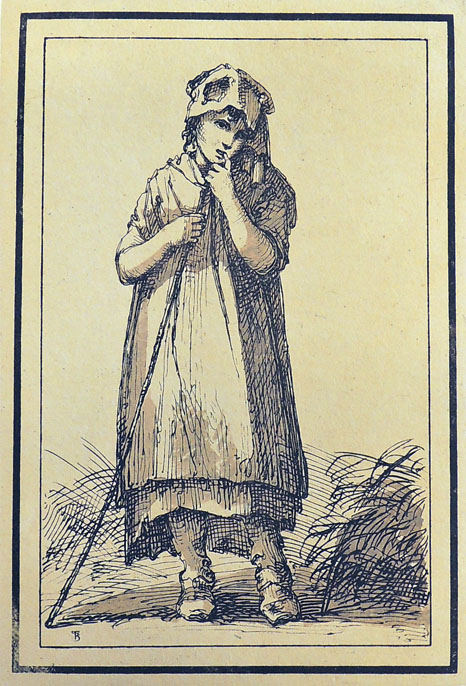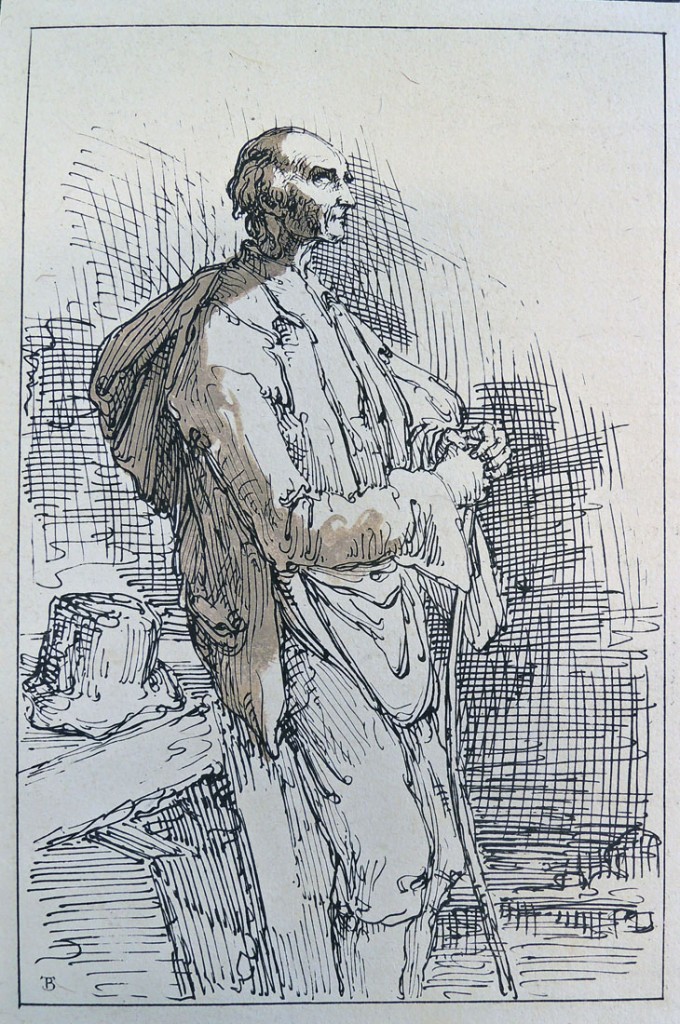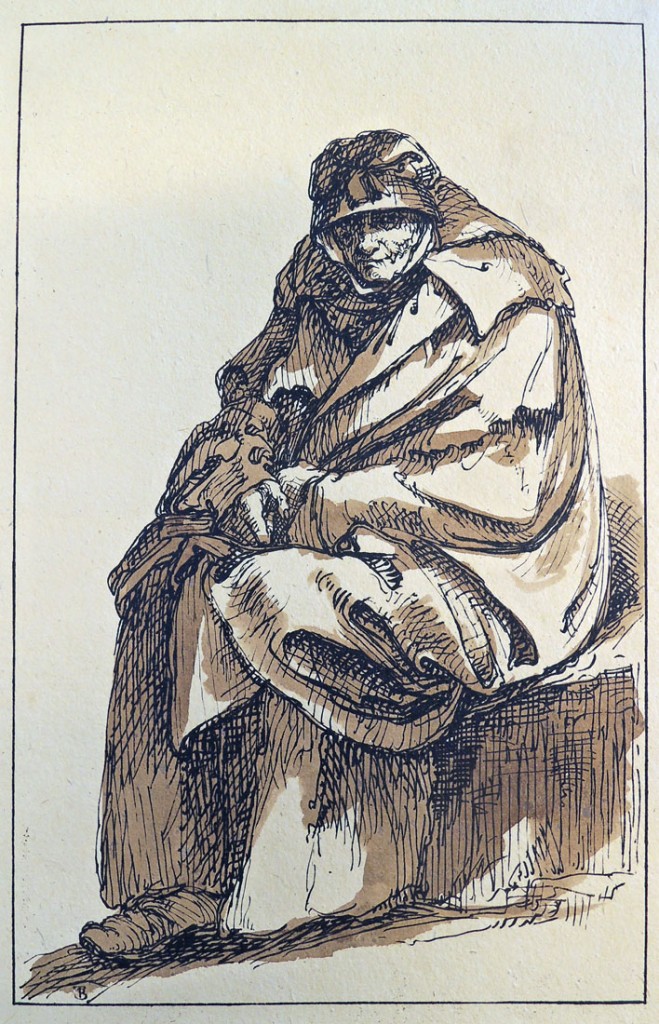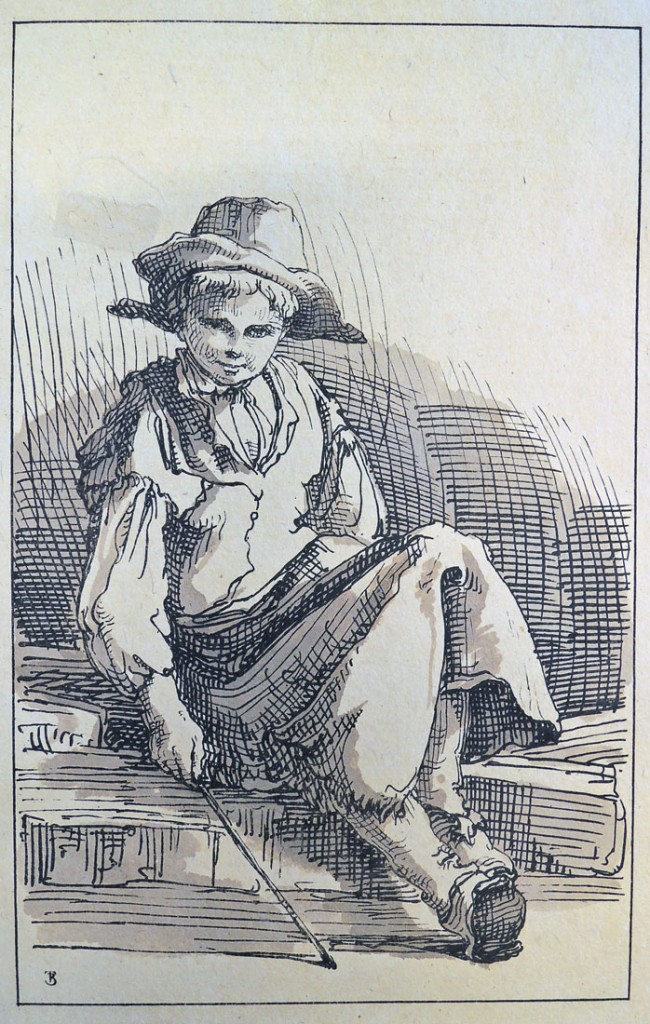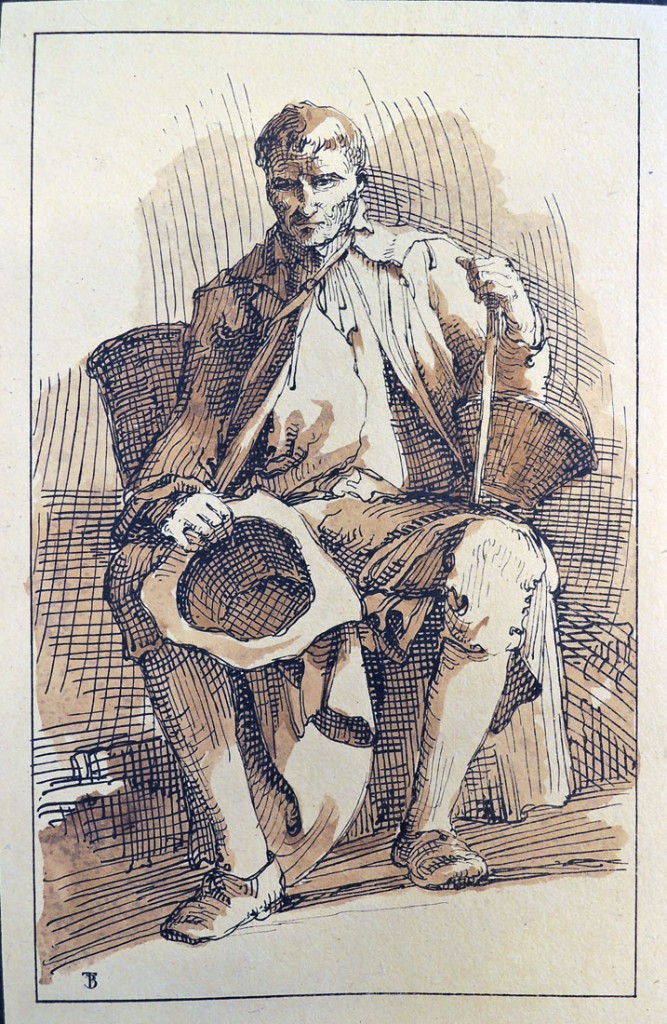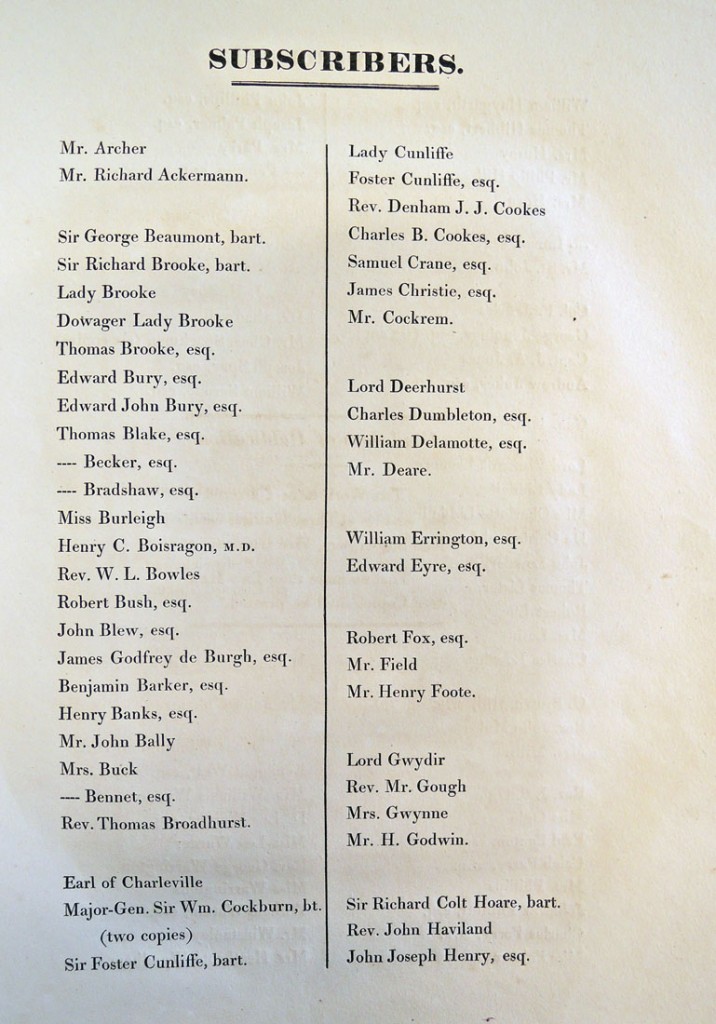 Thomas Barker (1769-1847), Forty Lithographic Impressions from Drawings of Landscape Scenery by Thomas Barker, Selected from His Studies of Rustic Figures after Nature (Bath, printed by D.J. Redman, 1813). Lithographs printed on different color paper with added sepia wash. Graphic Arts Collection GAX 2015- in process
Thomas Barker (1769-1847), Forty Lithographic Impressions from Drawings of Landscape Scenery by Thomas Barker, Selected from His Studies of Rustic Figures after Nature (Bath, printed by D.J. Redman, 1813). Lithographs printed on different color paper with added sepia wash. Graphic Arts Collection GAX 2015- in process
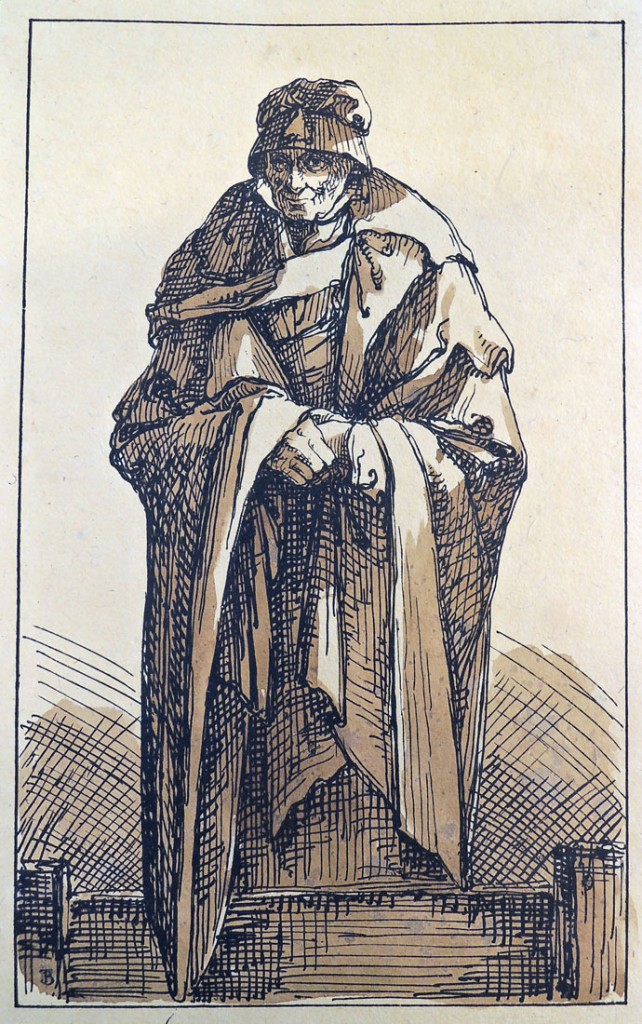 “Until 1812 there seems to have been only one set of lithographic equipment in England, for the press set up by Senefelder passed successively from André to Vollweiler and then to the quarter-Master-General’s Office. But at the close of 1812 or the beginning of 1813 Redman decided to branch out on his own and set up the first English lithographic press outside London at the fashionable city of Bath.
“Until 1812 there seems to have been only one set of lithographic equipment in England, for the press set up by Senefelder passed successively from André to Vollweiler and then to the quarter-Master-General’s Office. But at the close of 1812 or the beginning of 1813 Redman decided to branch out on his own and set up the first English lithographic press outside London at the fashionable city of Bath.
No doubt the work he had been doing at the Horse guards was thoroughly menial compared with the printing he had previously done with André and Vollweiler, and at Bath he directed his attention principally to the printing of artists’ drawings. While there he came into contact with Bankes, who wrote and published the first English treatise on lithography at Bath in 1813.
It is reasonable to suppose that it was Redman who instructed Bankes in the technical side of the process, for he is described in the text as being ‘under the patronage of the artists there, and at the service of the public, to provide the necessary materials, viz. the ink and pencil, and to prepare the stone, and take the impressions from drawings made on it’. Moreover, it was provably through Redman that Bankes obtained some of the original stones of the Specimens of Polyautography, for once again there is a suggestion that these should be reissued.
 With the removal of Redman from London, Bath was now the centre of lithography in England—at least for the printing of artists’ drawings—and all the important productions for the next three years were printed by Redman there.”–Michael Twyman Lithography 1800-1850, pp.34-35.
With the removal of Redman from London, Bath was now the centre of lithography in England—at least for the printing of artists’ drawings—and all the important productions for the next three years were printed by Redman there.”–Michael Twyman Lithography 1800-1850, pp.34-35.
